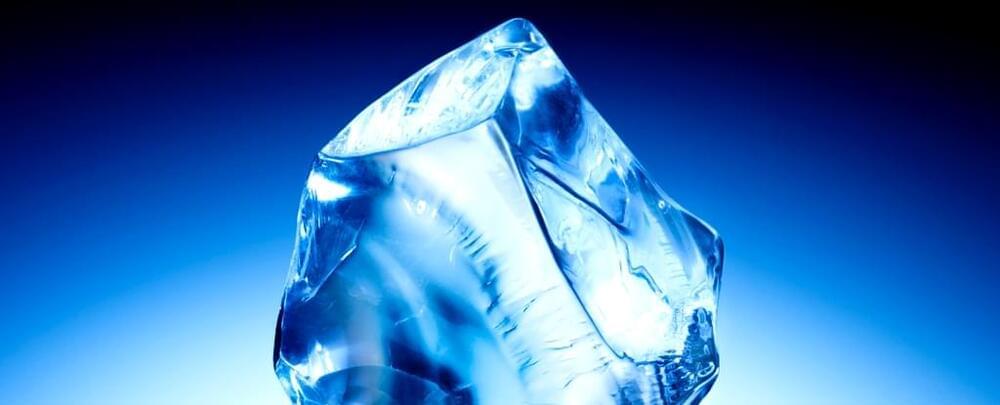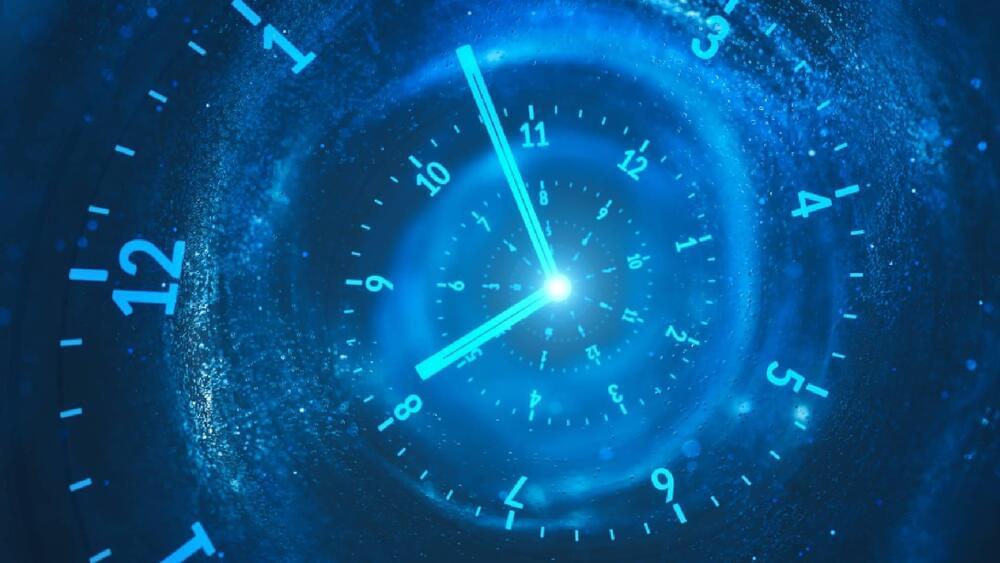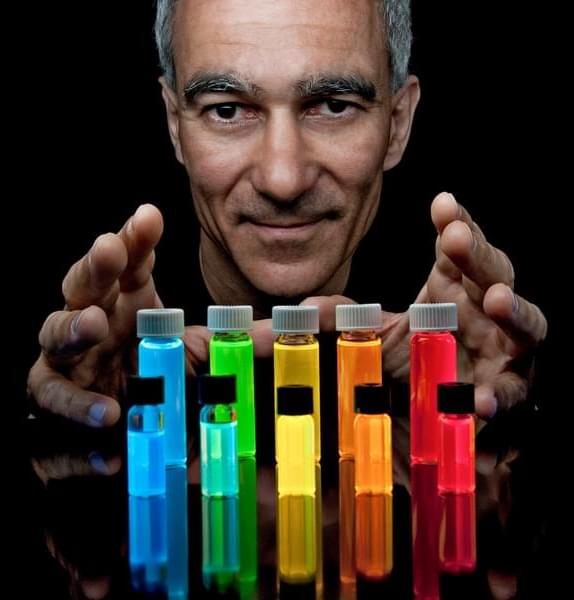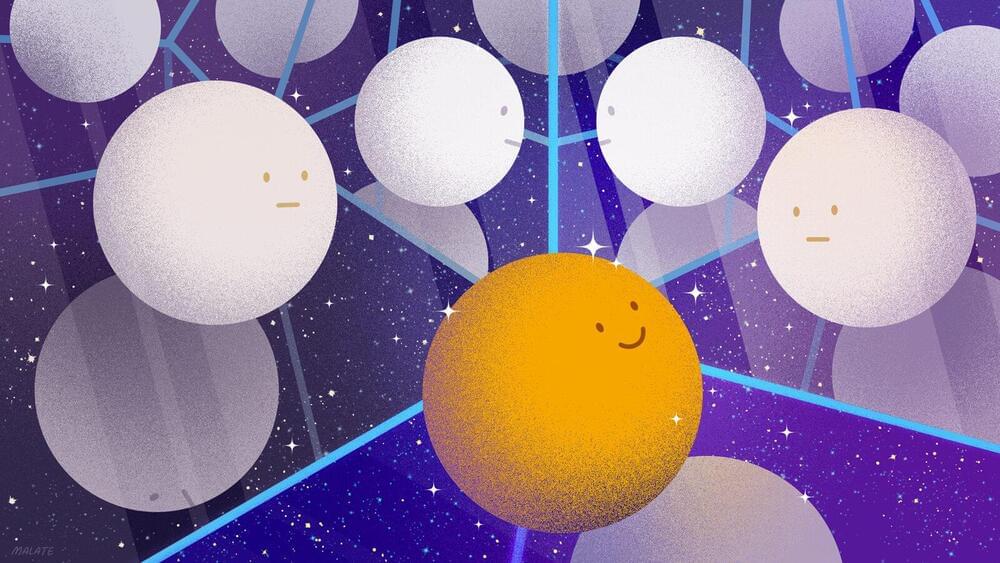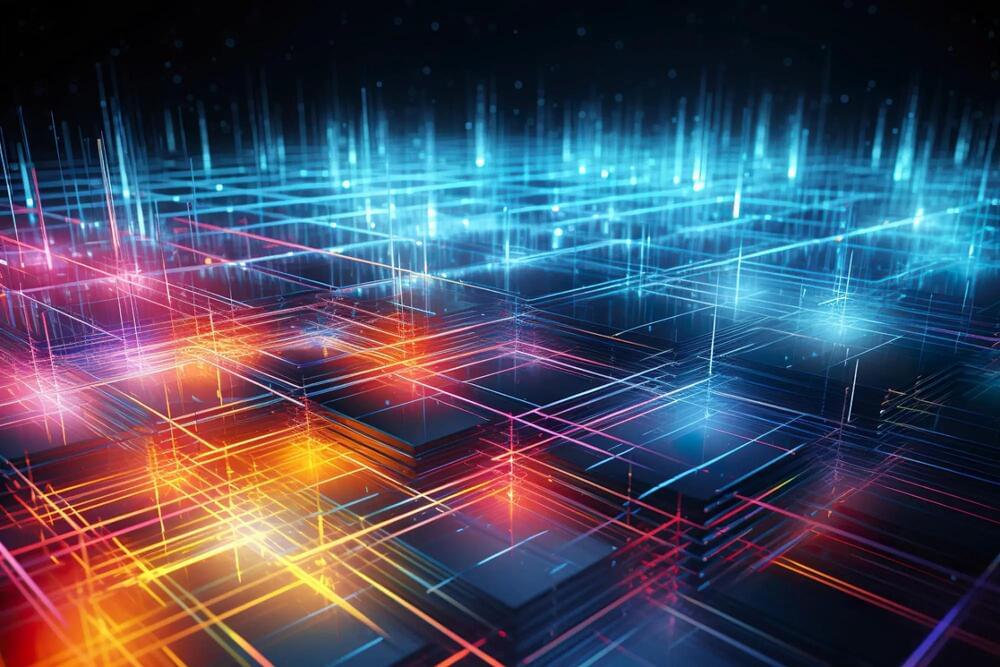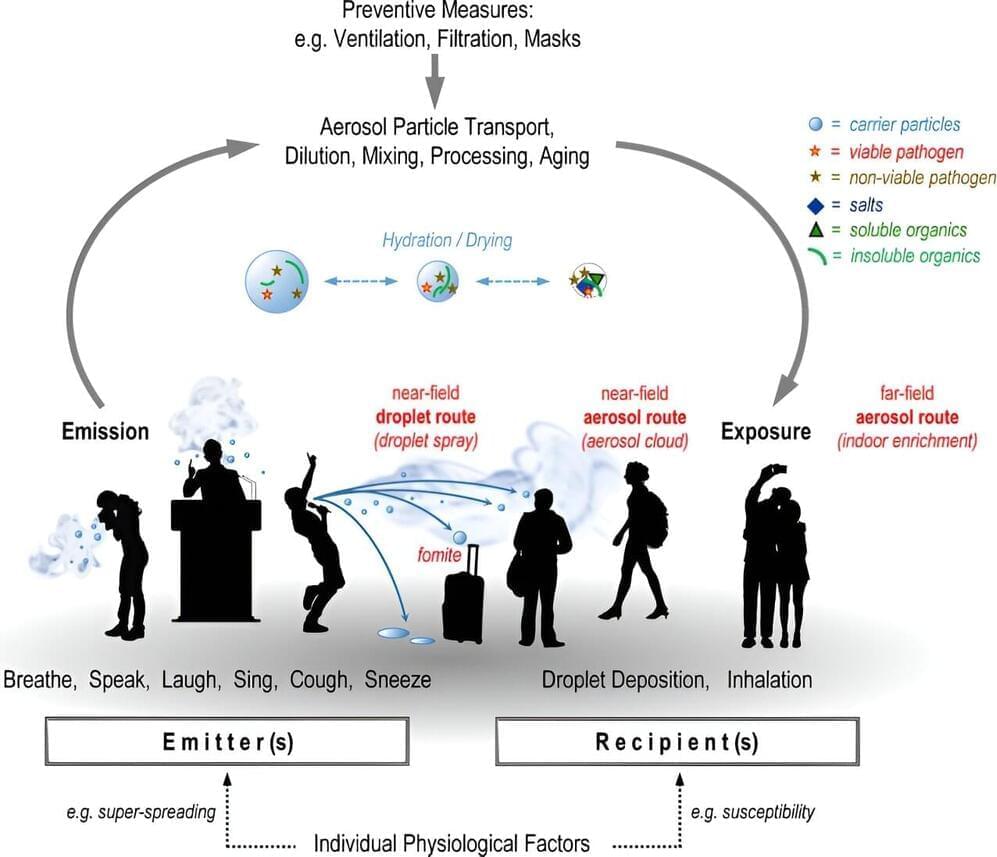Oct 15, 2023
Strange Form of Ice Found That Only Melts at Extremely Hot Temperatures
Posted by Matthew Harris in categories: particle physics, space
Super ionic water ice 18 ice 19… proven to withstand temperatures many thousands degrees Fahrenheit in the lab is believed to be present in planets like Uranus and Neptune and contributes to the generation of Wonky, multi-polar magnetic fields…
Odd things happen inside planets, where familiar materials are subjected to extreme pressures and heat.
Iron atoms probably dance within Earth’s solid inner core, and hot, black, heavy ice – that’s both solid and liquid at the same time – likely forms within the water-rich gas giants, Uranus and Neptune.
Continue reading “Strange Form of Ice Found That Only Melts at Extremely Hot Temperatures” »
